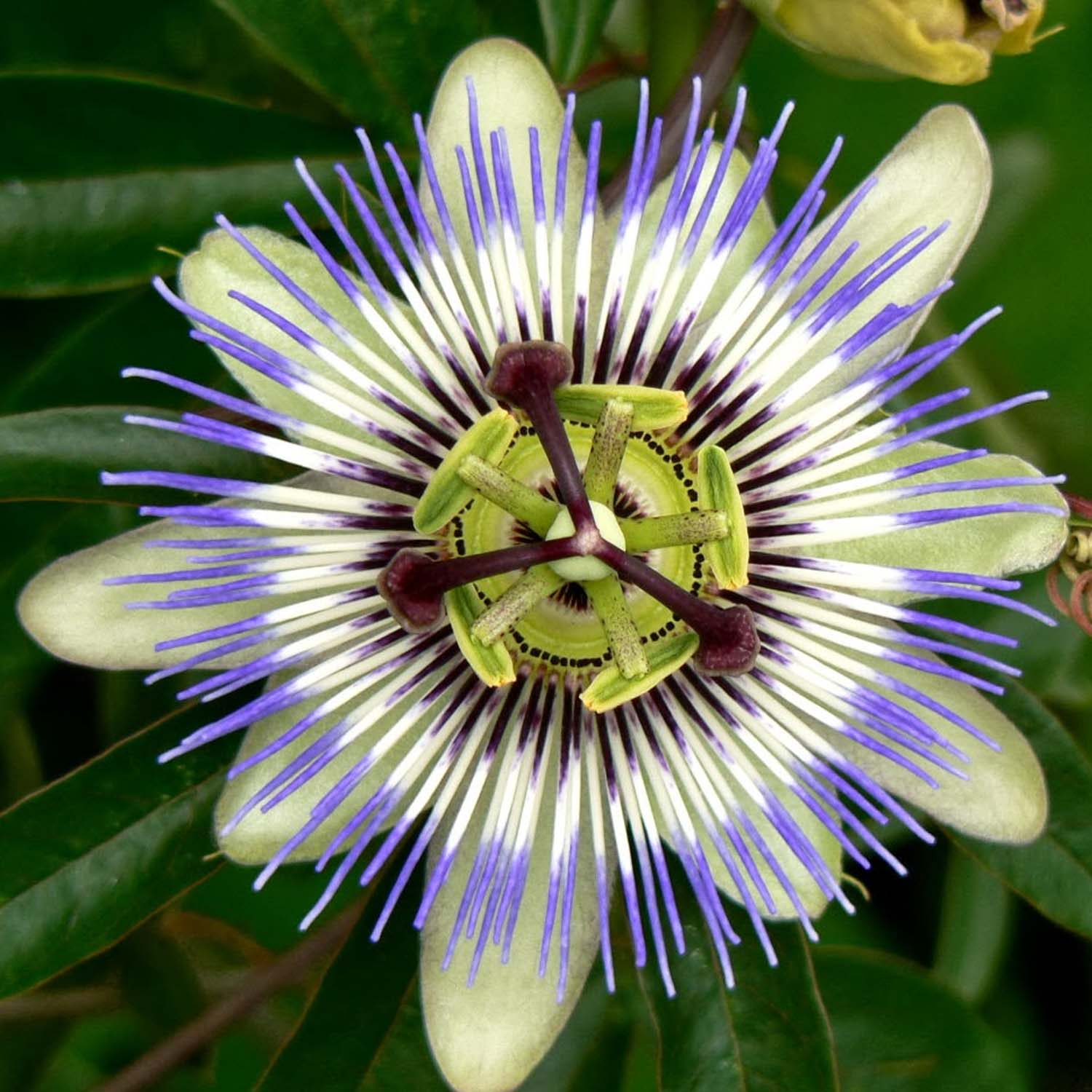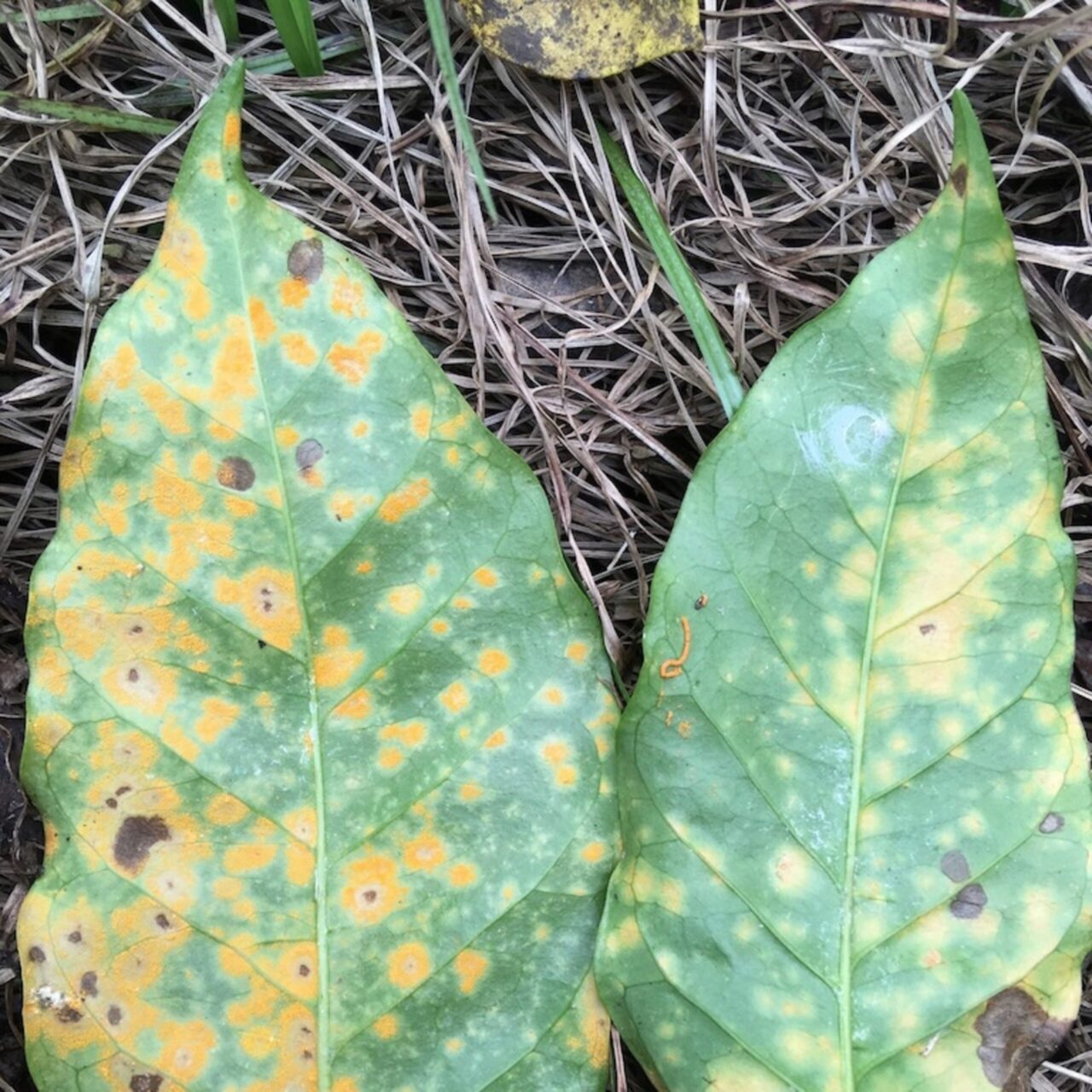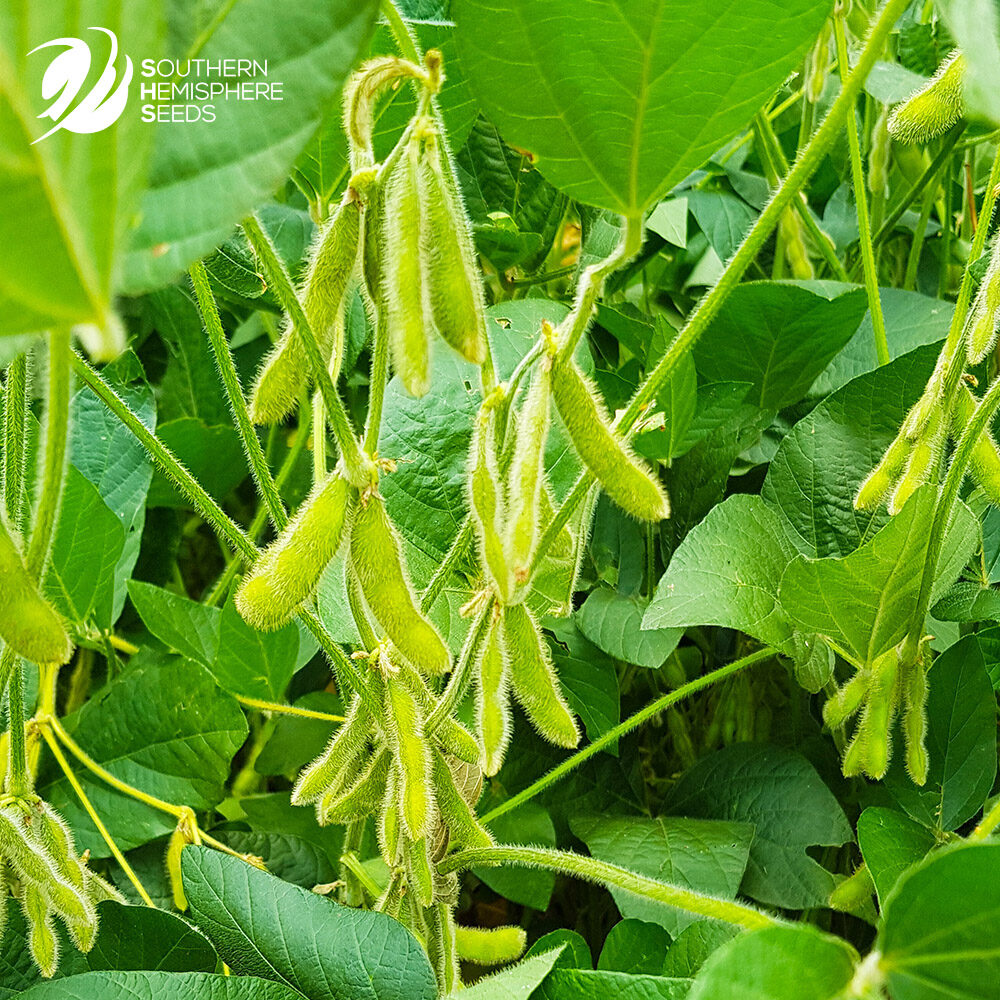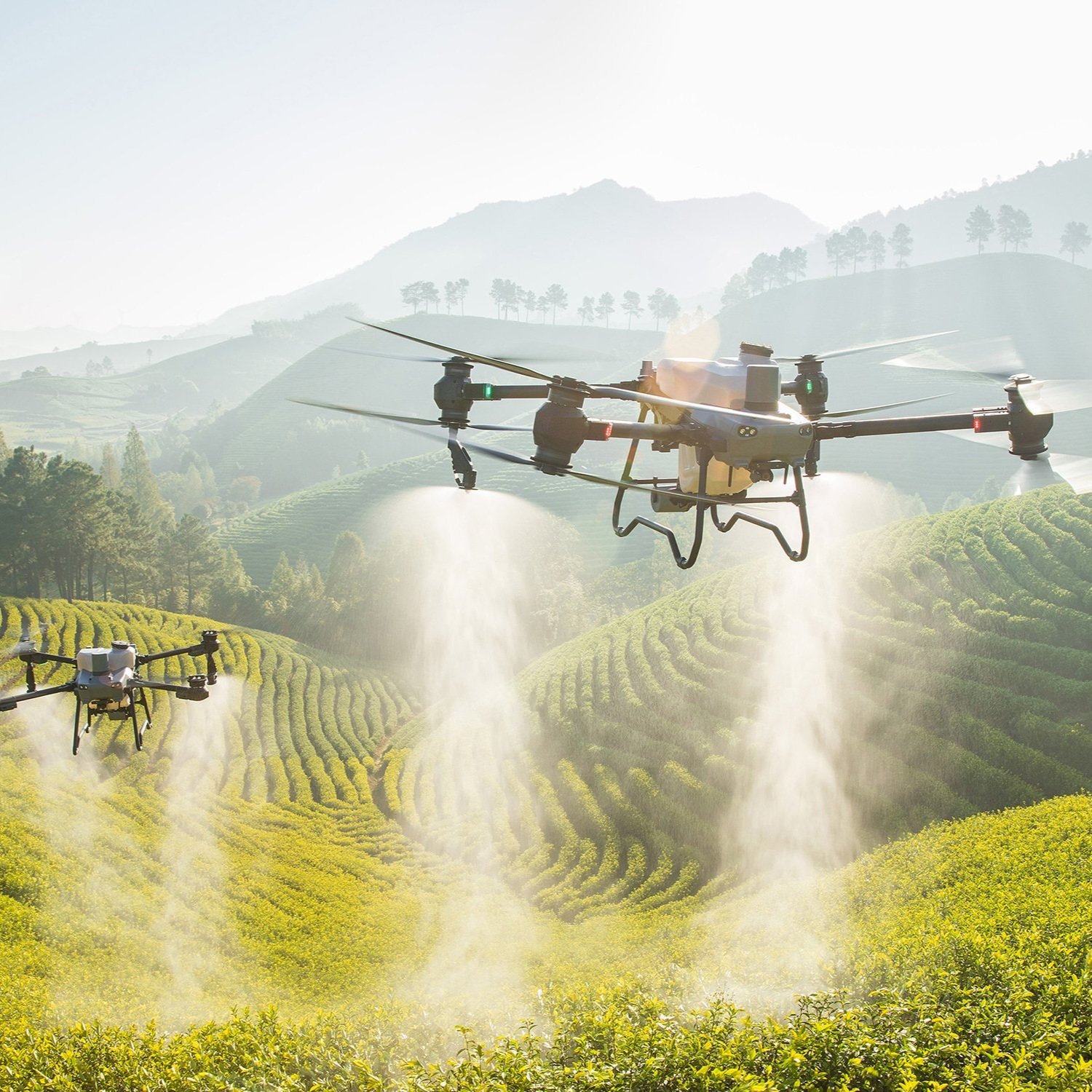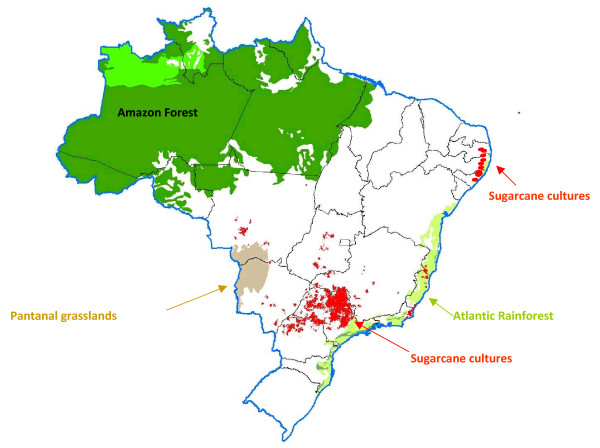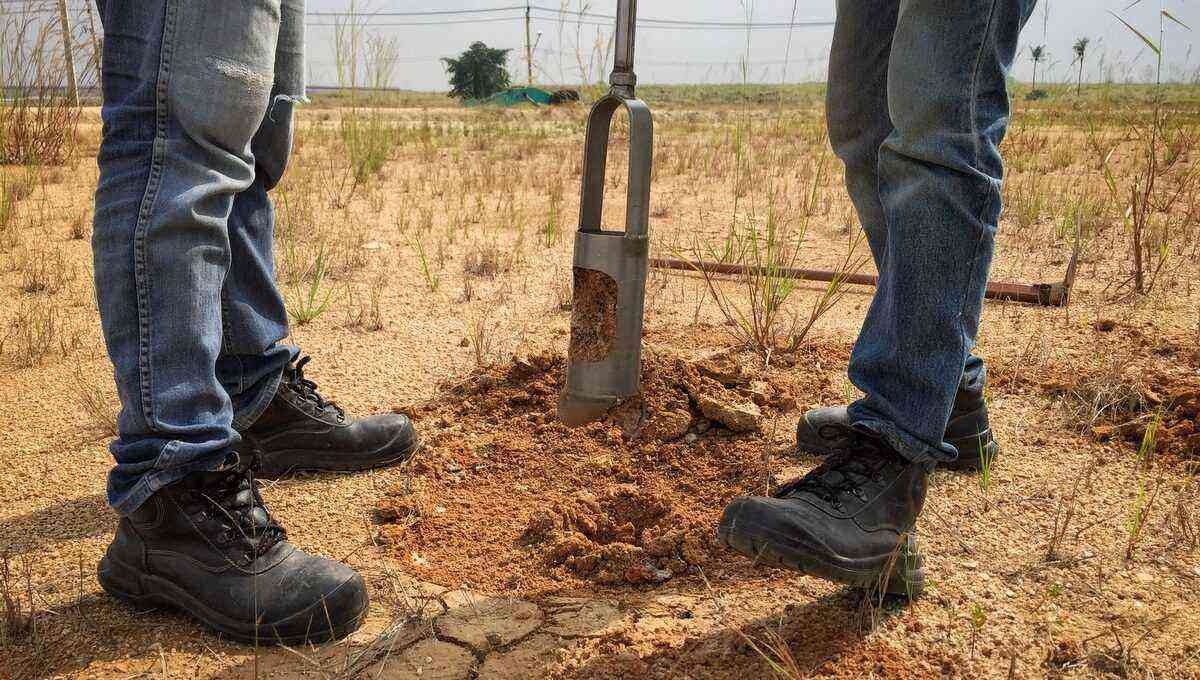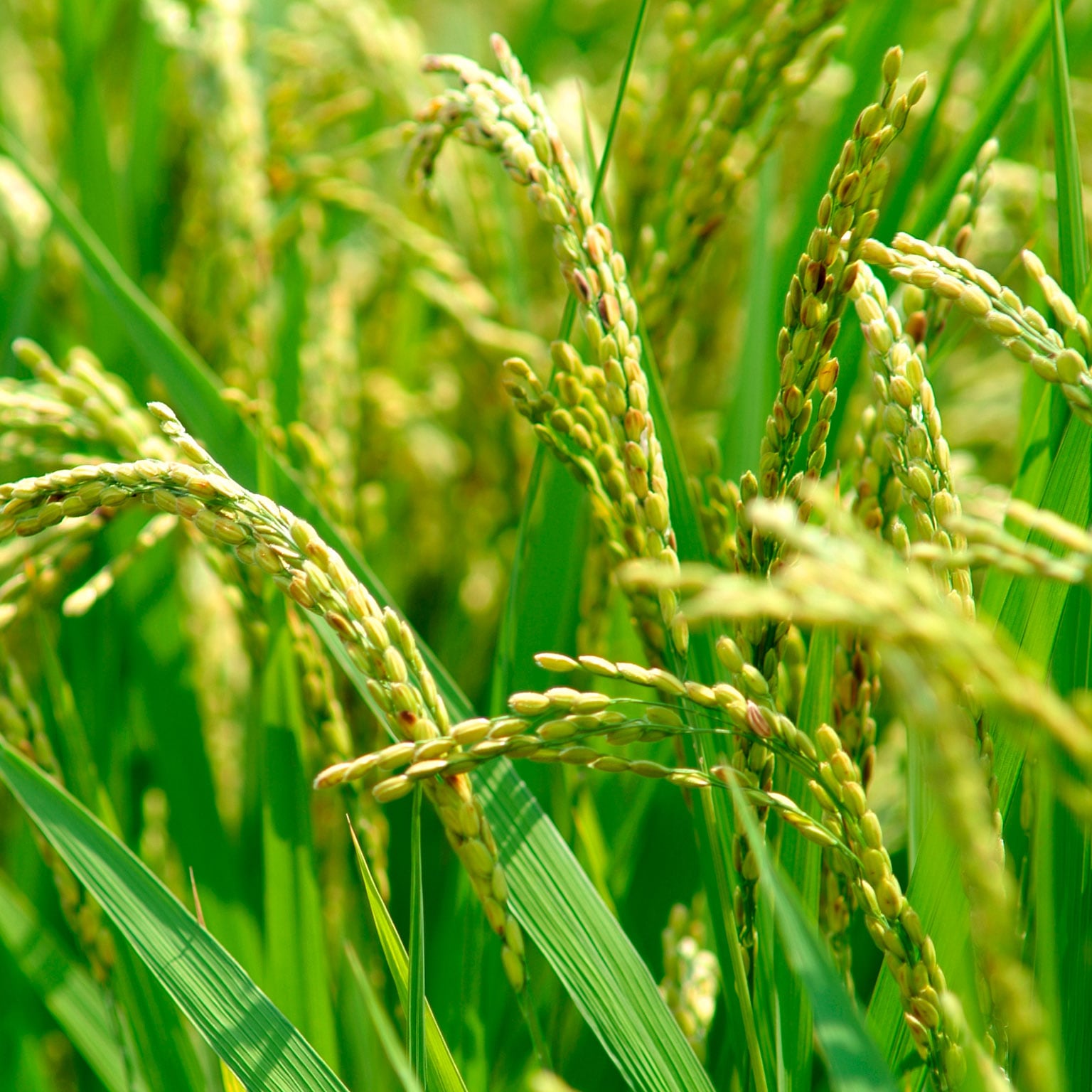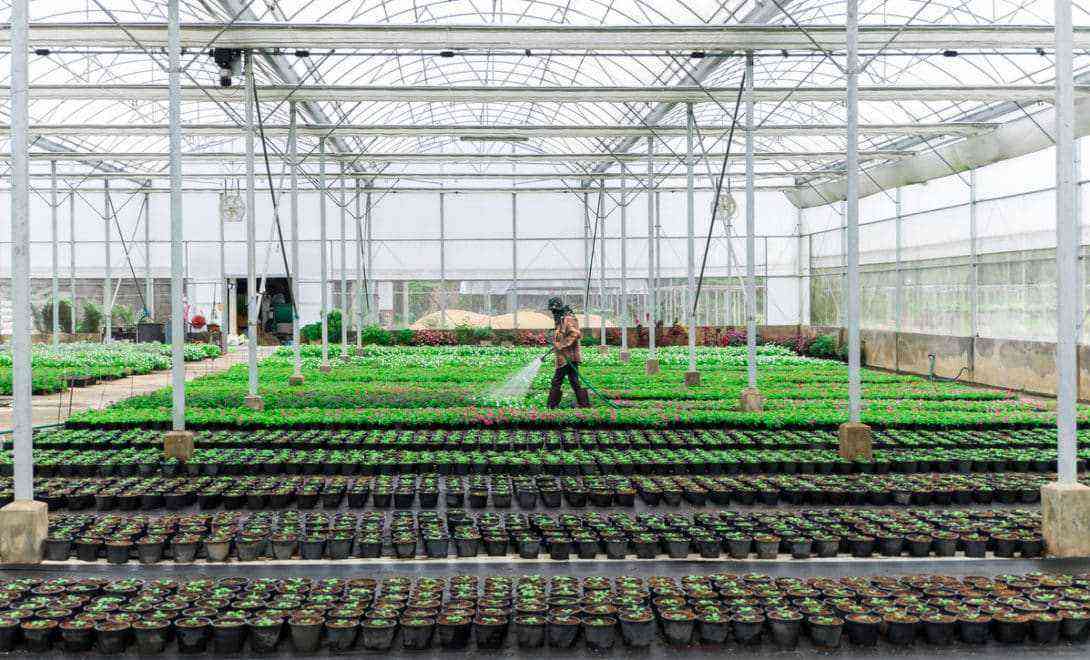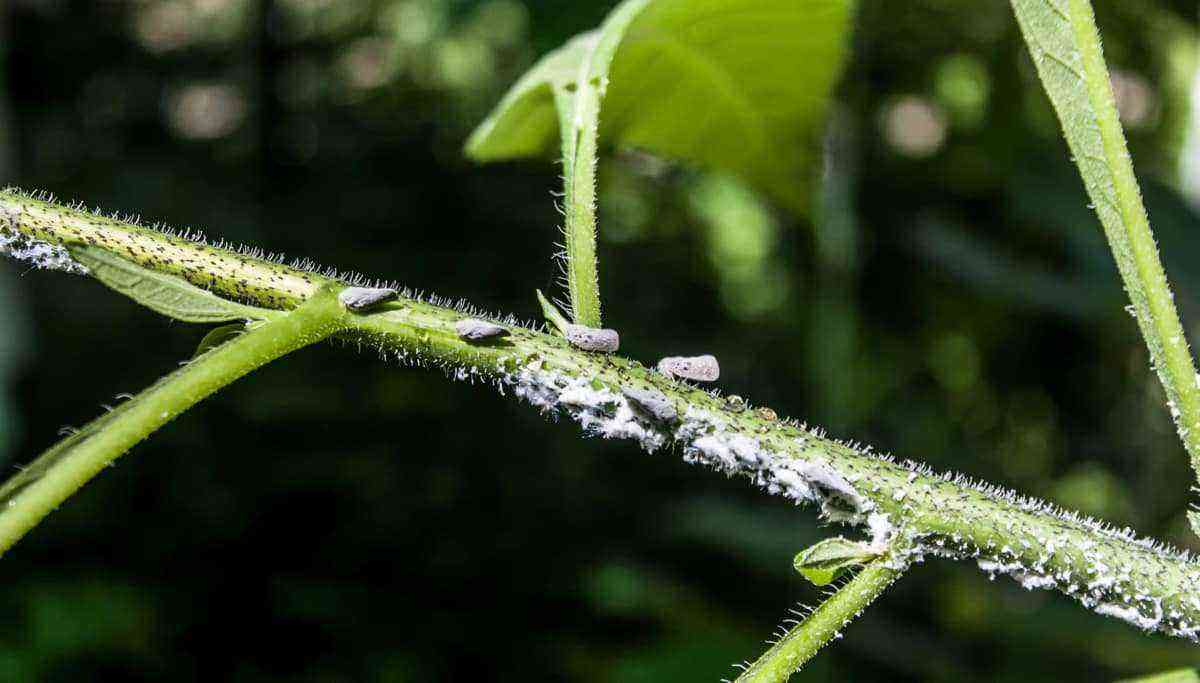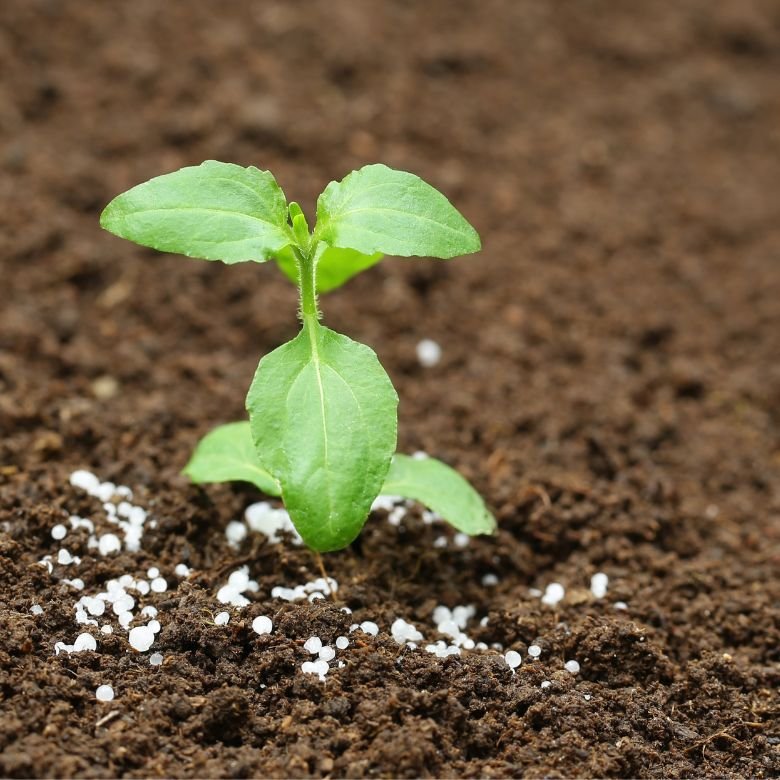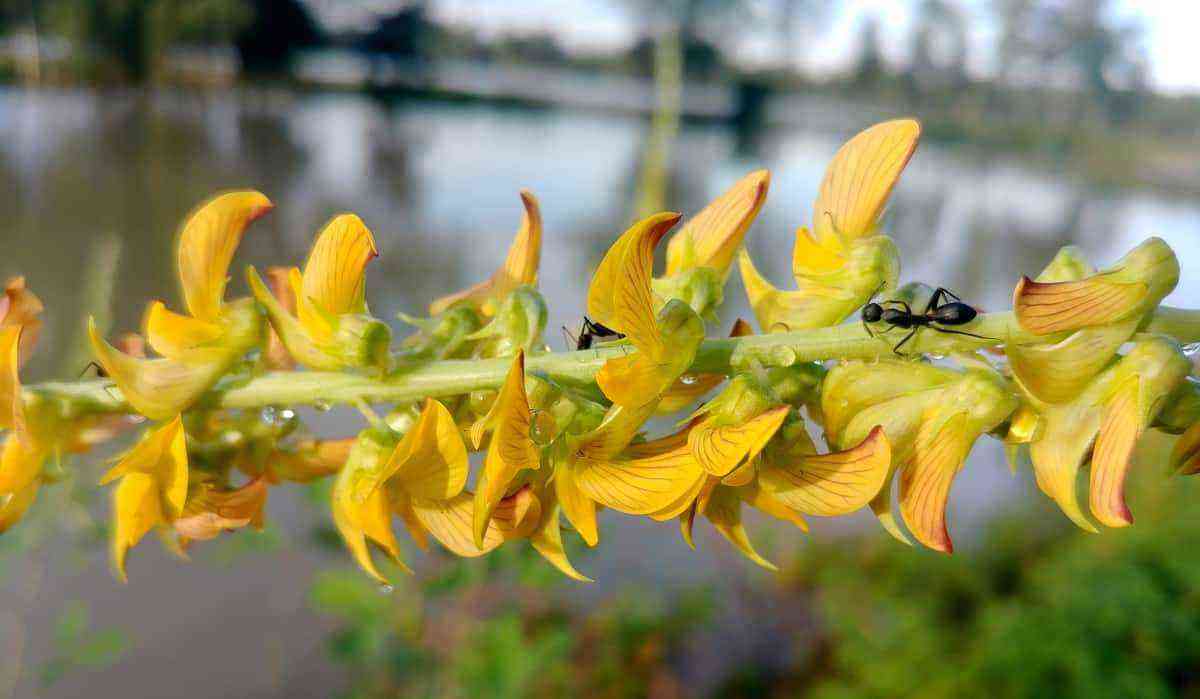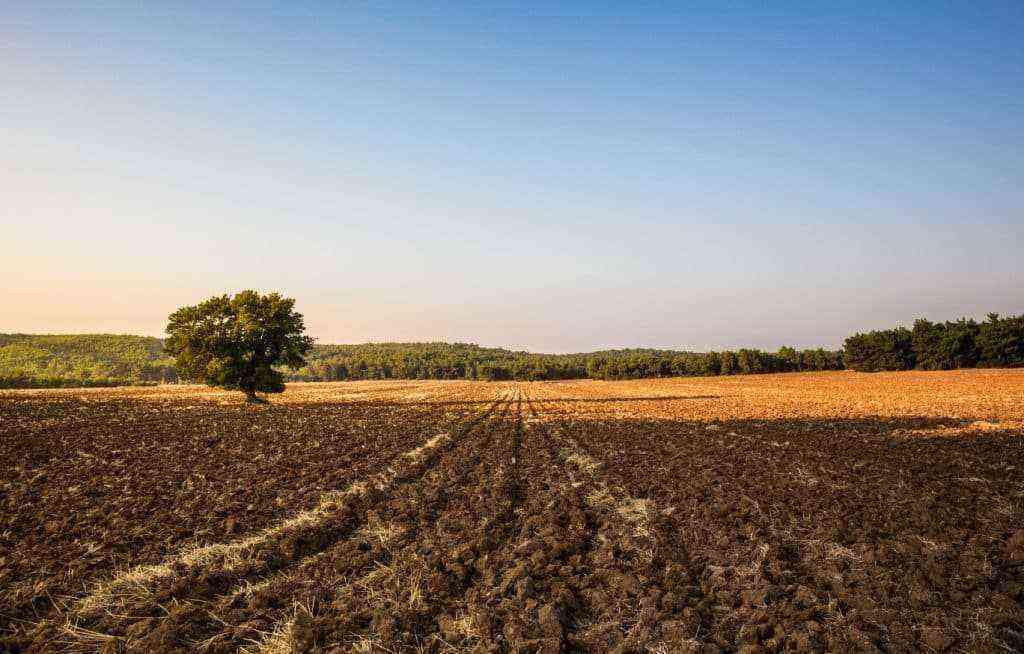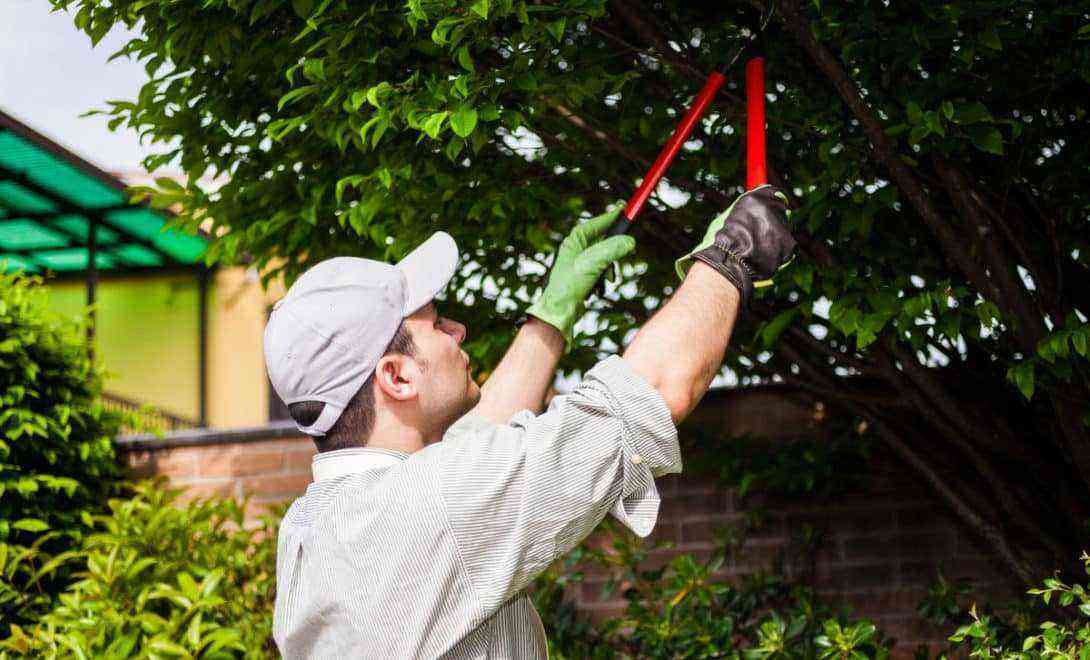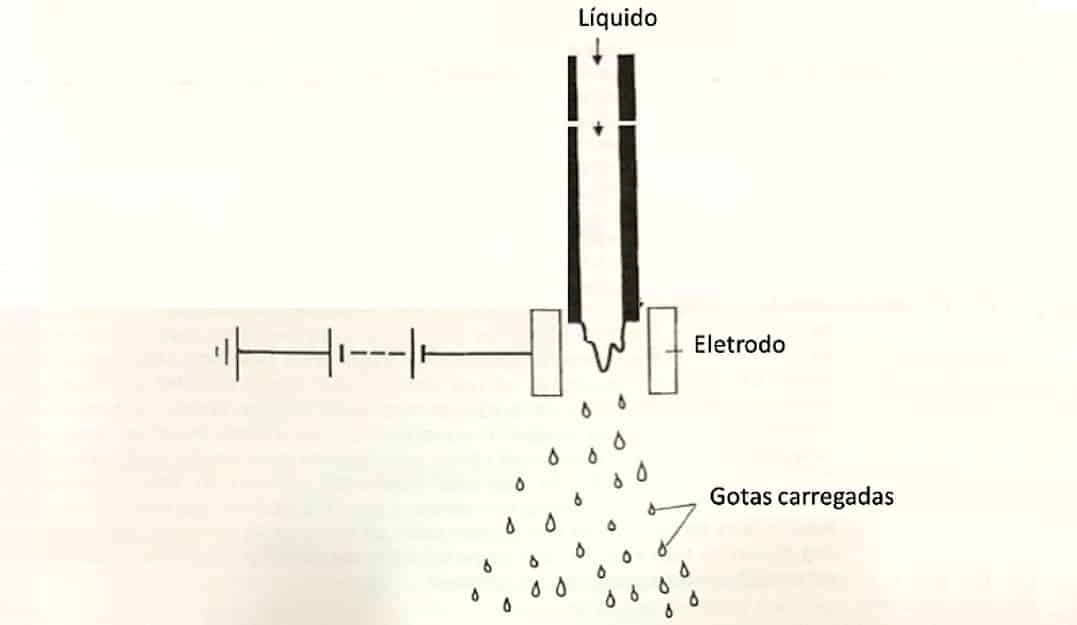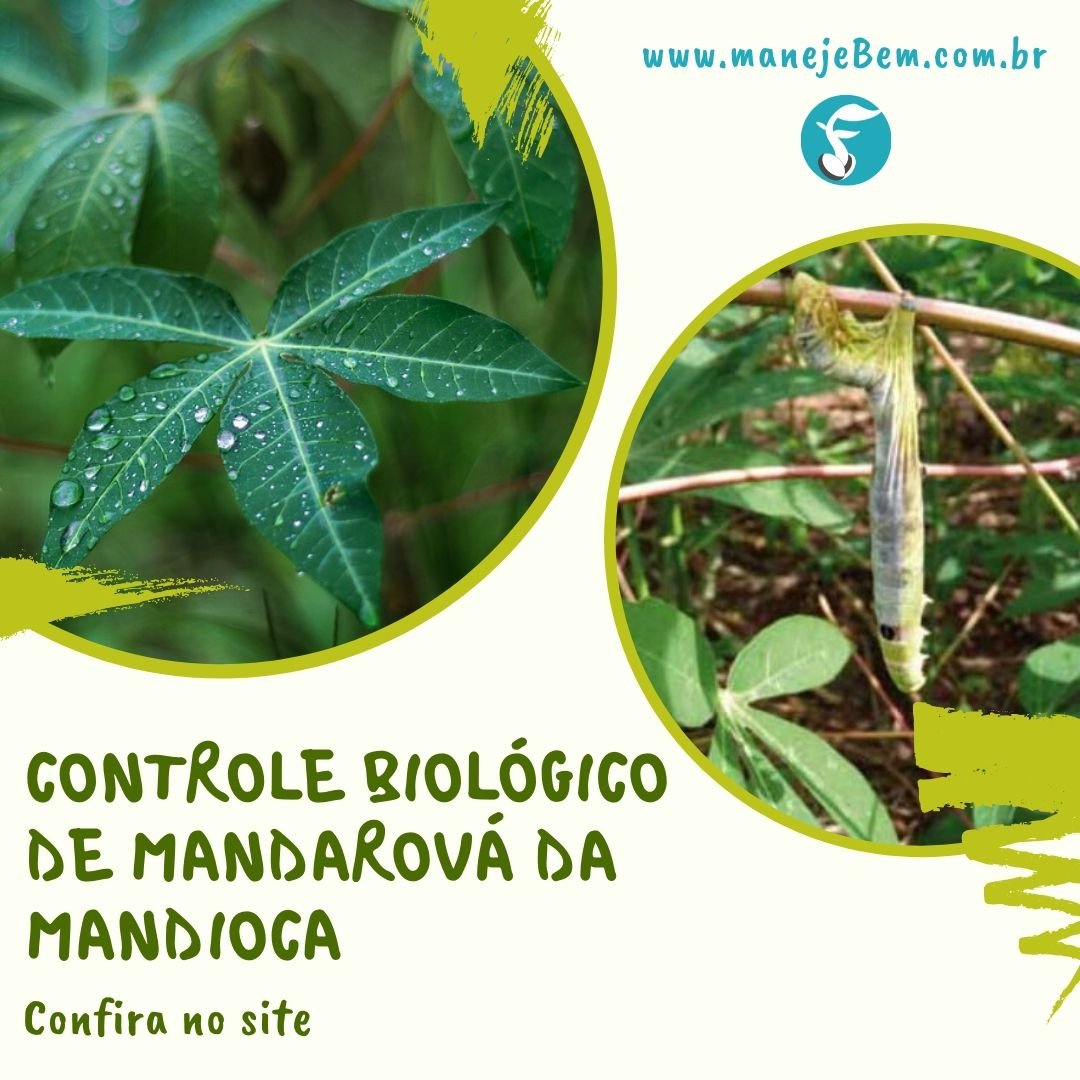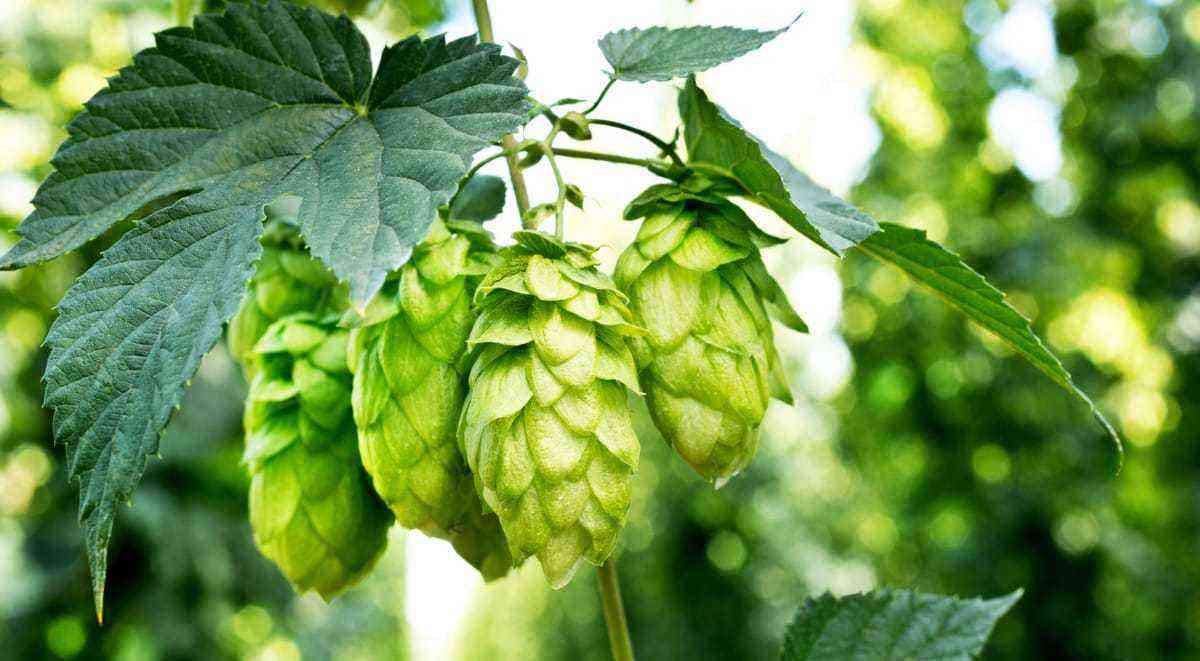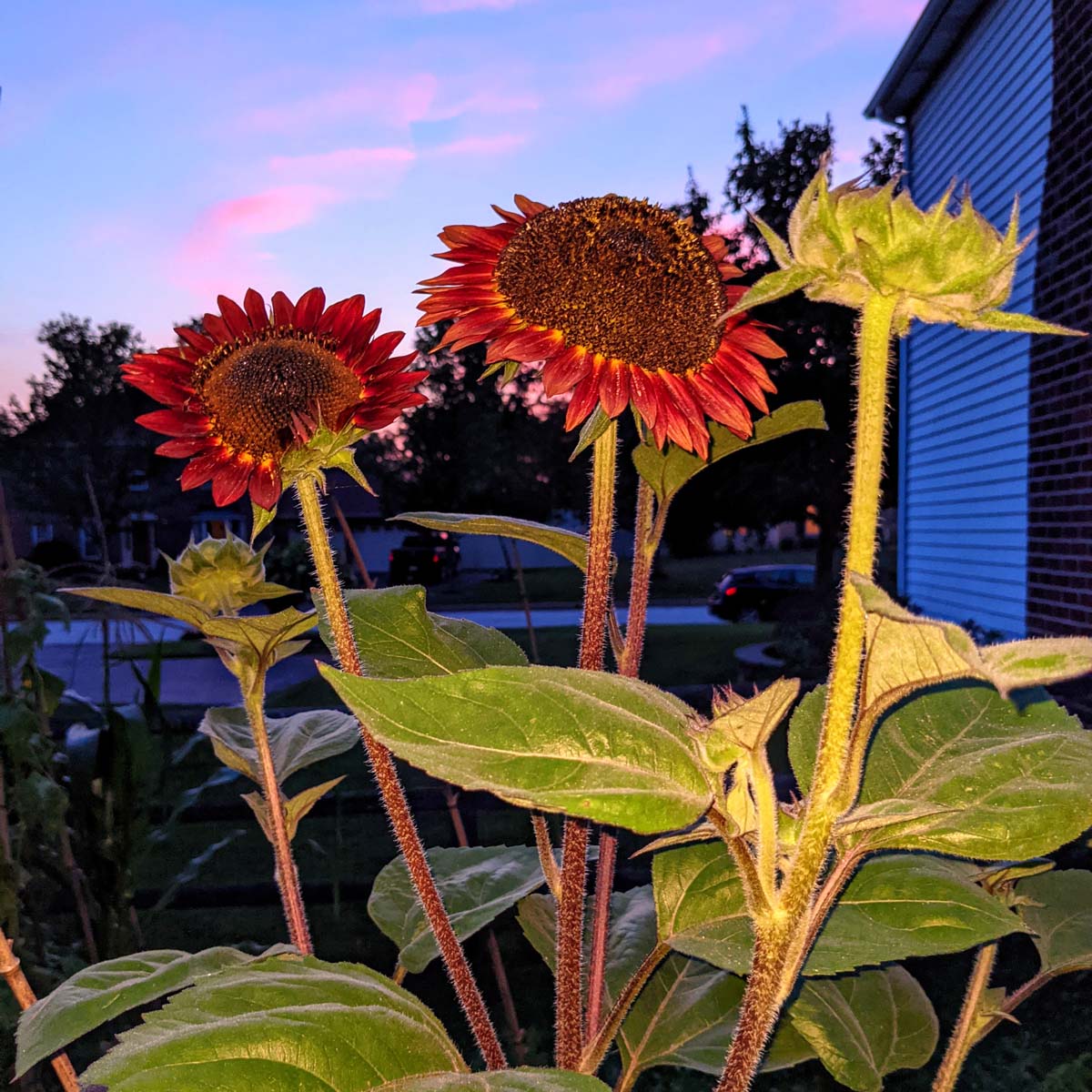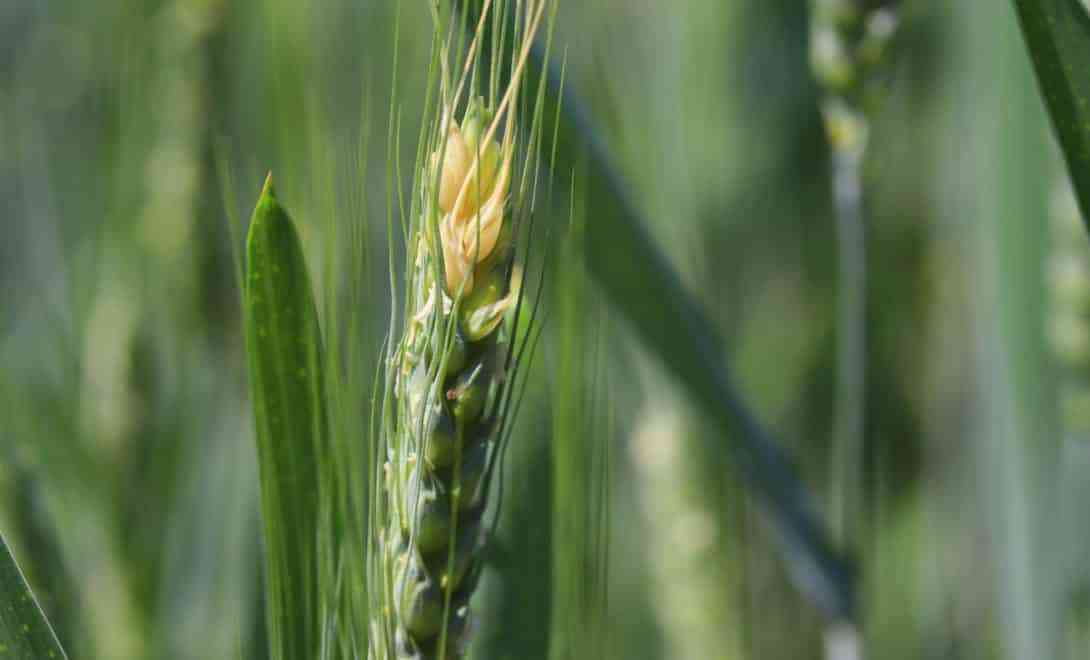Those who are passionate about gardens should know about epiphytes, also known as aerial plants. They are among the main trends to make the garden more and more beautiful.
Aerial epiphytic plants, as their name suggests, are seen on top of branches. Therefore, they do not have roots in the ground. The best known are orchids and ferns.
These plants are considered, by some researchers, a great example of convergent evolution. This is because many species have adapted epiphytic traits.
In this article you will learn more about these aerial plants and, in this way, make your garden even more amazing. Follow up!
What are aerial epiphytic plants?
Epiphytes (from the Greek epi = on; phyto = plant) are very interesting aerial plant species, as they develop on top of other plants. They behave this way because they seek greater access to sunlight.
For this reason, they are usually found in places of dense forest where large trees end up blocking the incidence of the sun. This could harm small plants.
In fact, epiphytes find in trees the ideal habitat for their establishment, such as cracks in the trunks and depressions, where organic matter accumulates.
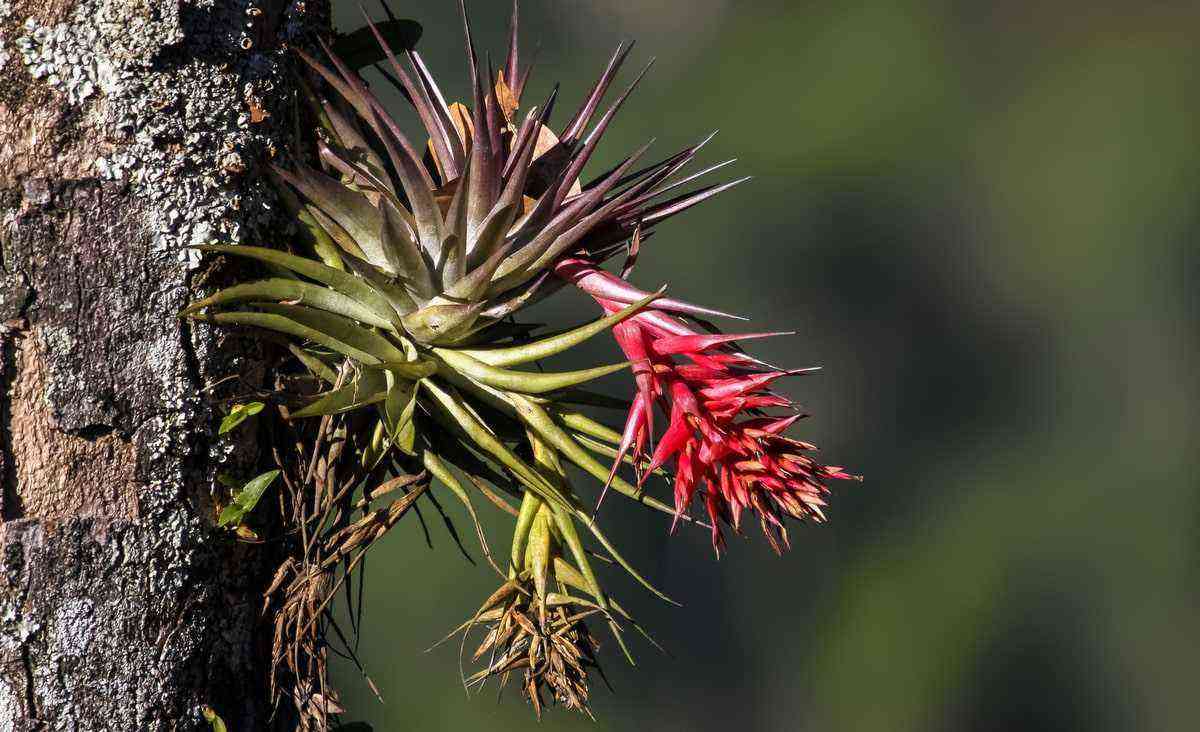
About 10% of plant species are epiphytic, that is, they develop on top of other varieties. They are ideal for decorating your garden.
This species “settles” in those places that allow its photosynthesis process, vital for its existence, and need a more humid environment.
Some species have leaves that form small tanks in their structure, being an excellent way to store water.
It is estimated that aerial epiphytic plants represent about 10% of the total amount of vascular plants on the planet, that is, about 29 thousand species. These vegetables are mostly found in humid tropical forests.
Do they harm other plants?
There is no need to worry about the plants that are under the epiphytes. They will continue to live and nourish according to the care they receive. This is because this species of plant does not behave like a parasite, that is, it does not depend on the nutrients of another.
They keep themselves healthy by absorbing substances from dead insects and rainwater, for example.

Epiphytic plants are not “parasites”. On the contrary: they play an important ecological role in forests.
In addition, aerial epiphytic plants are able to reduce water loss by decreasing transpiration and also absorb moisture from the air. They are very resistant and self-sufficient plants!
Epiphytes also play an important ecological role in forests. They provide different resources to the animals that live in the tops of trees.
These plants are used for food by these animals, in addition to being used in the manufacture of nests and shelter for some species.
How to use epiphytic plants in the garden?
Naturally, this species is ideal in the composition of vertical gardens, making them more imposing. As they do not depend on another living being for cultivation, they adapt well even to artificial supports.
They need a strategic place in the garden where they have access to a minimum of 4 hours of indirect light every day. Humidity and light are decisive factors for the healthy development of your plant.
Some aerial epiphytic plant ideas for your garden!
In addition to their ability to survive, aerial epiphytic plants also bring a lot of beauty to a well-kept garden.
Some can be found in different colors, such as orchids and begonias, greatly enriching the look.
Cactus and bromeliads are also part of this very special group of plants. And don’t underestimate cacti, some species display flowers with beautiful colors.
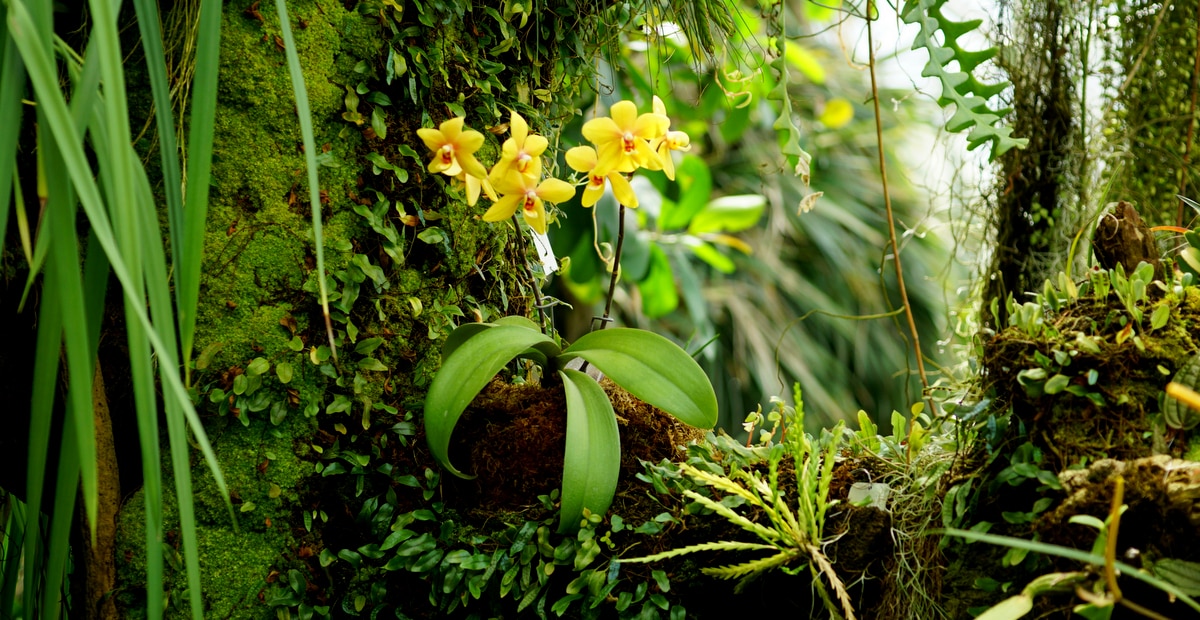
One of the best known aerial epiphytic plants is orchids. They have complex systems that absorb moisture from the air and extract their food from elements deposited on themselves.
Mosses and lichens are also considered epiphytic plants and can make up the garden, filling empty spaces. And don’t forget the fern, one of the best known and most versatile epiphytes.
According to landscaper Erly Hooper, aerial epiphytic plants provide a beautiful look and make the environment look more modern.
But, she gives some important tips: “don’t forget to check if they are fresh and healthy” and also check if the place where they are receives a lot of wind, because these plants need to be protected from this climatic effect.
In the video below, see tips on how to divide and replant your epiphytic orchid:
Source: Earth Orchids.
How are these plants planted?
If you don’t have a tree in your garden that can serve as a “host” for aerial epiphytic plants, there are some very interesting alternatives.
The substrate of epiphytic plants can be, in general, tree bark, coconut fiber, charcoal stones. But, attention: it can be any material as long as it does not contain earth, because the aerial epiphytic plants die in contact with soil, due to contamination by fungi.
The best way to fertilize, especially in the case of orchids, is in a liquid form, the product of which can be found in any florist or farmhouse.
Another important detail is not to forget that these plants need good irrigation, usually every other day. In open places, in the rainy season, this watering can be twice a week.
In addition to epiphytes, would you like to know other plants to compose the landscaping of your garden? Then access our post on types of palm trees. That way, the environment will be more and more beautiful and complete!

